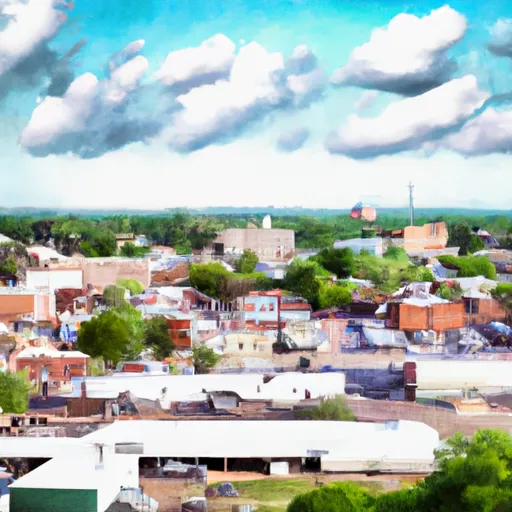°F
°F
mph
Windspeed
%
Humidity











Harrisonburg, Louisiana is a small town located in Catahoula Parish. The climate is humid subtropical with hot summers and mild winters. The area is known for its abundant water resources, with the Ouachita River and Lake Harrisonburg providing recreational opportunities such as fishing and boating. The hydrology constituents of the area include sediment, nutrients, and bacteria. Outdoor enthusiasts can also take advantage of the nearby Sicily Island Hills Wildlife Management Area, offering hiking, hunting, and birdwatching opportunities. Overall, Harrisonburg provides a peaceful escape for those seeking outdoor adventures and a chance to connect with nature.
Weather Forecast
Harrisonburg receives approximately 1468mm of rain per year, with humidity levels near 86% and air temperatures averaging around 19°C. Harrisonburg has a plant hardyness factor of 8, meaning plants and agriculture in this region tend to thrive here all year round.
Regional Streamflow Levels
30
Cubic Feet Per Second
1,100
Cubic Feet Per Second
866
Cubic Feet Per Second
2,170
Cubic Feet Per Second
Nearby Camping
| Camping Area | Reservations | Toilets | Showers |
|---|---|---|---|
| Trulock - Arkansas River | |||
| Paydown Access - MDC | |||
| Rollins Ferry Access - MDC | |||
| Lake Fausse Pointe State Park | |||
| Acadiana Park | |||
| Saracen Trace RV Park |



